If you’ve been to Spain, you’ll know that life there is lived by night: evening strolls, late dinners and drinks in the cafés, tapas bars and nightclubs. To feel the real spirit of Spain, you must stay out late.
However, there is one thing that gets even the latest night owls out of bed before noon: the street markets. Spain is renowned for its bustling mercadillos; stalls set up in the streets in the morning, selling everything from plants to boots to bed sheets, new and antique, all at bargain prices. The locals of the neighbourhood visit to buy, browse and mingle until the markets are pulled down around 2pm, just in time for lunchtime and siesta.
The mercadillos don’t sell souvenirs, you will likely leave without buying anything, and you’ll probably be the only person there who speaks English. And that’s exactly why you should visit: they are the best places to meet locals and get a glimpse of the neighbourhoods around town where tourists rarely tread.
In Valencia, every day brings a different street market; follow them and they will lead you to all the places you want to visit, plus a few you might have missed.
Monday – Ruzafa
If you like to eat in excellent restaurants and drink in quirky bars, enjoy live music and poetry readings, appreciate fine street art, or just want to visit the most bohemian, exciting barrio in Valencia, Ruzafa is the best place to be. Located five minutes from the city centre, and steps away from the bull ring, Ruzafa is a more local version of the city’s popular, bustling El Carmen district. It spreads across blocks named after the immigrants who developed the diverse neighbourhood: Calle Argentina, Calle Filipinas, Calle Puerto Rico.
The neighbourhood is vibrant every day of the week, but particularly on Mondays when the mercadillo fills the streets adjacent to the indoor Mercado de Ruzafa. Spend your morning browsing the mercadillo and the boutiques, shops and cafés around it, and be sure to make note of the restaurants and bars you want to visit later that night.
Tuesday – Nazaret
This mercadillo is tiny and there isn’t much to see in the sleepy barrio itself. However, it makes a worthwhile diversion between the port area – refurbished to host the 2007 and 2010 America’s Cup yacht race – and Valencia’s showstopper, the City of Arts and Sciences. Constructed by local architect Santiago Calatrava between 1996 and 2005, the giant structures that make up this magnificent complex, with reflective pools running between them, include: the largest aquarium in Europe; an interactive science museum; one of the world’s largest opera stadiums; a hemispheric museum designed to look like an eye; and a peaceful arboretum.
When you’re finished, stroll through the former Turia riverbed converted into a lush garden, where you’ll find locals having picnics under old bridges, riding along bike lanes, and the best playground you’ve ever seen (it’s shaped like a massive Gulliver!)
Wednesday – Central Market
The indoor Mercado Central, with its spectacular dome rising above the centre of the city, is one of the most-visited sites in Valencia. A market has stood on this site since the 19th-century, while the current Modernist structure was opened in 1928. With approximately 400 stalls, walls covered in traditional ceramic tiles under a 30-metre high dome, this is the best place to indulge in some of the region’s fresh produce: bright fruits and vegetables, cheese, jamon and a whole zone dedicated to fresh seafood. The central market is open daily until around 2pm, with a mercadillo on the streets surrounding it. When you’ve finished shopping, take a break in one of the cafés in the nearby El Carmen district.
Thursday – El Cabanyal
Set just a couple of streets back from the beach and running parallel all the way to the port, El Cabanyal is the traditional fisherman’s quarter of Valencia. It is also one of the most authentic, original neighbourhoods you’ll find anywhere in Europe. For years, the residents have battled with city officials over the planned expansion of an avenue linking the city centre to the beach, which would bulldoze right through Cabanyal. This has led to the abandonment and dereliction of much of the neighbourhood, a true shame when you see how charming it is: chaotic and colourful buildings, intricately decorated with ceramic tiles, with spots of street art and a few bodegas and cafés. On Thursdays, the mercadillo livens up the sunny streets, where you’ll be spoiled for choice between checking out the goods and gawking at the surroundings.
Friday – Benimaclet
When you arrive in Benimaclet – ten minutes from the city centre and a short bike ride to the beach – you’ll feel like you’ve wandered out of Valencia and into a small village stuck in time. It is full of whitewashed buildings of all shapes and sizes, small fruit and veggie markets on nearly every corner, cafés where the locals gather to drink coffee, and a cute town square with a church from the 16th-century. The signs are still written in the Valencian language – a dialect of Catalan – and many locals still speak it regularly. Indeed, Benimaclet was its own independent village for three hundred years, with a sense of local pride that remains today.
The regular Friday morning mercadillo picks up where the traditional open-air market, which used to see twenty or more food stalls set up in the main square, left off. While it retains its traditional atmosphere, it has also become one of the most progressive barrios in Valencia, full of students from two nearby Universities, social centres, agricultural and NGO organizations. On any given evening, in one of its many bohemian bars, there are talks to be heard, jazz concerts, open-mic nights, artisanal beer-tastings and language exchanges. Visit Benimaclet in the morning to see the market and get a good look at the architecture, then return in the evening to see where the cool kids hang out.
Saturday – Paseo Maritimo
If you visit Valencia in the summer, check out the row of market stalls along the beachside promenade, selling artistic goods, clothing, jewellery, accessories and beach gear.
This market is open daily, until late afternoon, and you’ll love browsing through the stalls while sipping on a horchata – Valencia’s milky drink made from tiger nuts – or working up an appetite to hit one of the beachside restaurants for delicious seafood paella and a glass of local wine.
Sunday – El Rastro
Imagine a place that sells books for fifty cents alongside antique clocks for two hundred euros. There are rusty brass bird cages, old magazines, furniture, watch batteries, dusty old bottles and religious paintings. And all of this in the parking lot of Valencia’s most famous football stadium! On Sunday mornings there is no place to be other than El Rastro (the Spanish version of a flea market), where you’ll find the most unique souvenirs and Spanish bargain-hunting at its best.
Written by Andrea MacDonald for EuropeUpClose.com

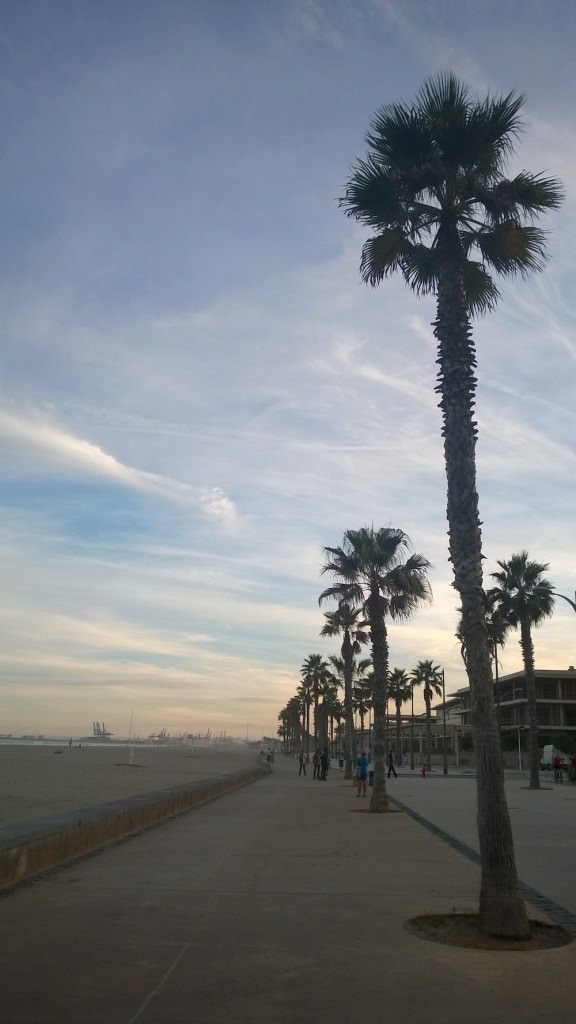
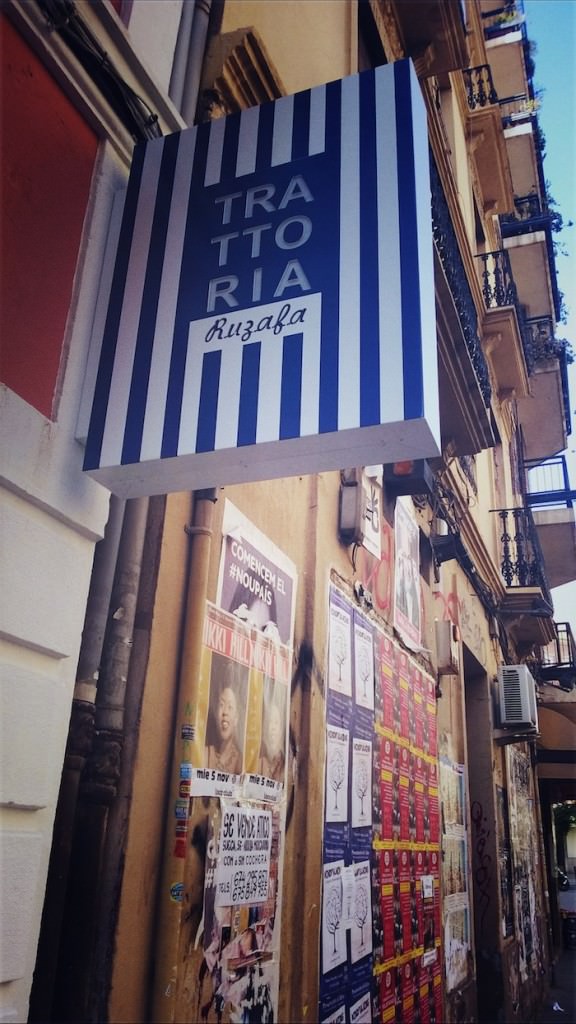
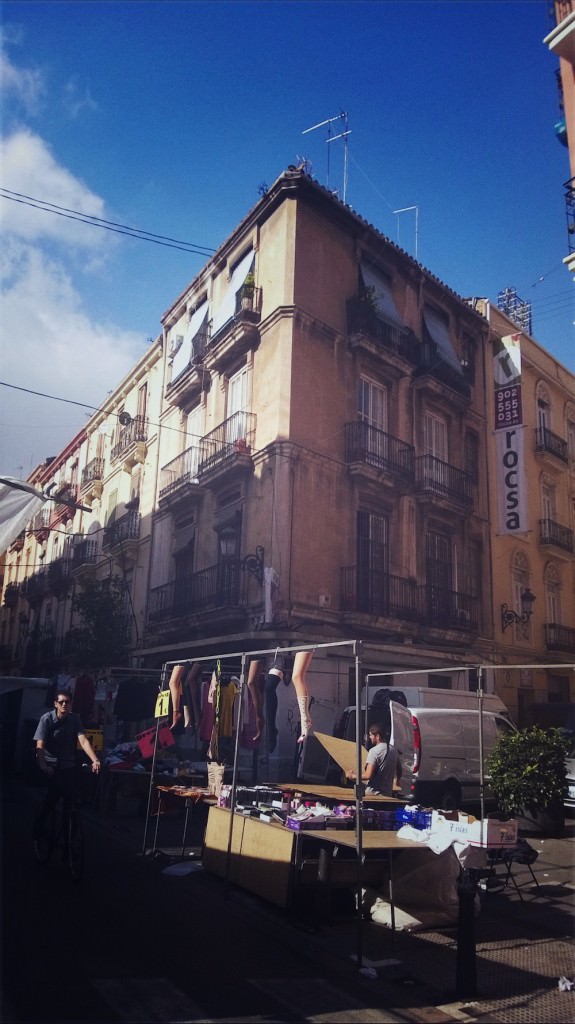
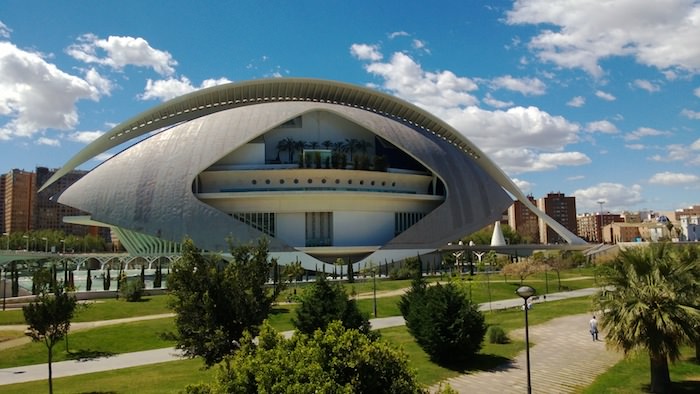
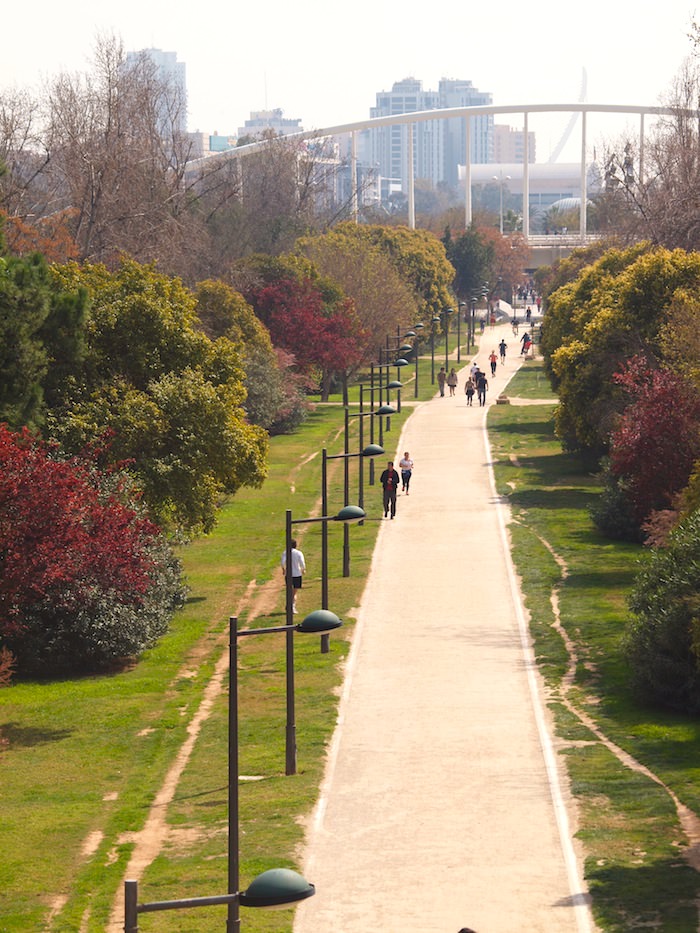

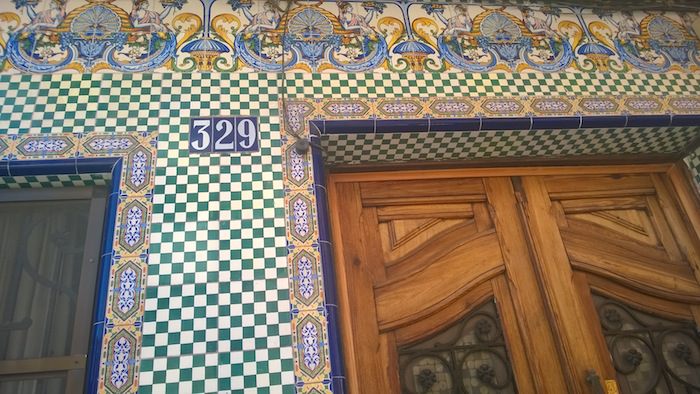
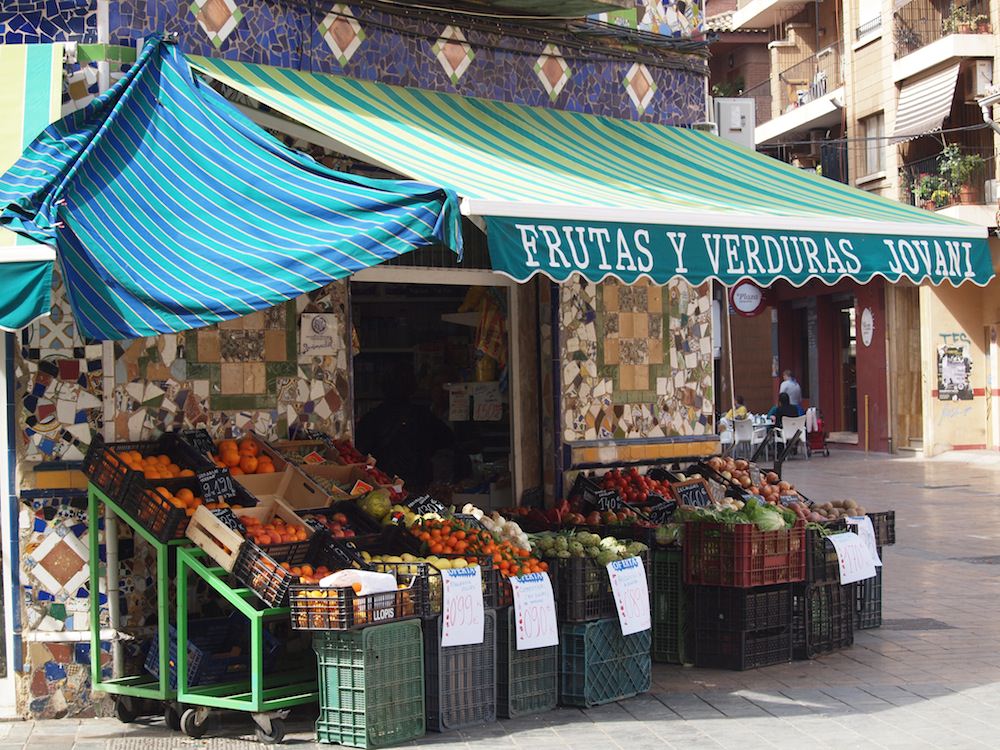
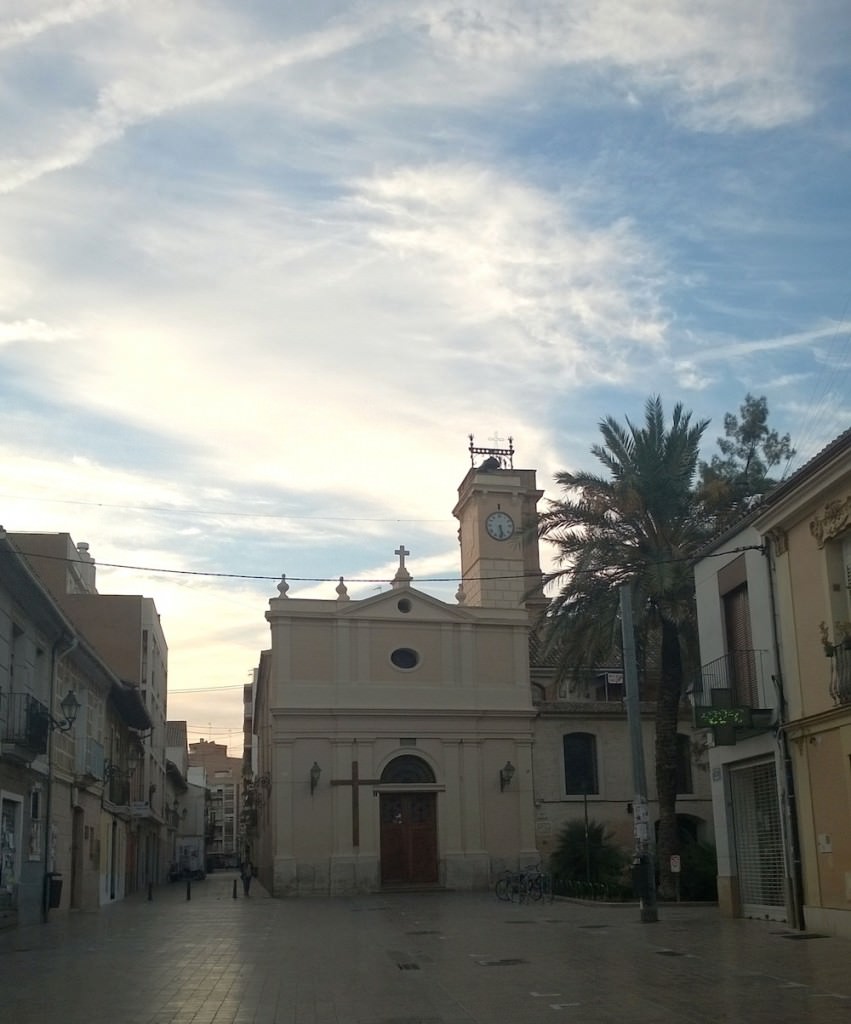
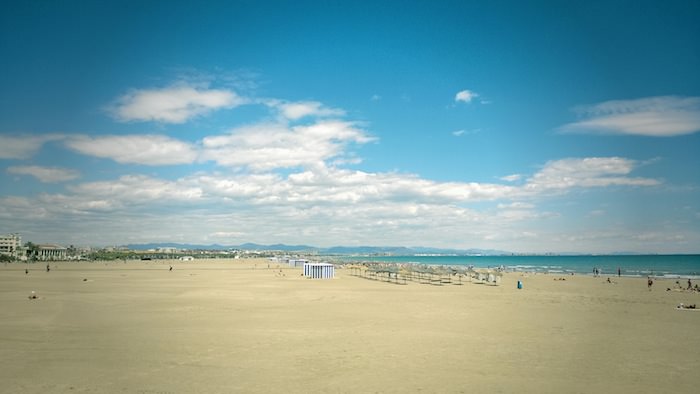
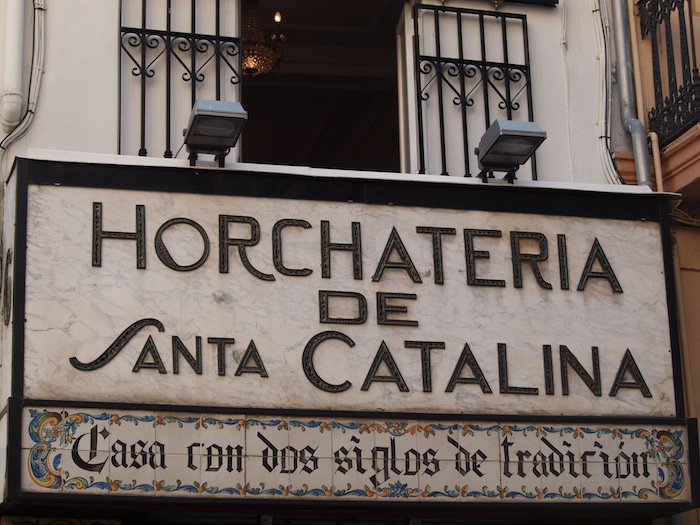

Burning Down the House (Literally!): Celebrating Valencia’s Las Fallas Festival
Saturday 28th of March 2015
[…] For more information on Valencia, Please check out these Posts: Put Valencia, Spain on your Bucket List and Valencia, a City in Seven Markets […]